Visiting Corcovado National Park of the Osa Peninsula
Corcovado is located in Costa Rica’s South Pacific region in the Osa Peninsula. Corcovado National Park is one of the most unique and biodiverse places on the planet and visiting the Peninsula is a real treat for the nature lover. It contains over five percent of the world’s animal population just within that small area, making it a popular ecotourism destination. For example, the national park is said to contain the entire ecosystem of insects that is found between Panama and Mexico. Additionally, National Geographic describes it as the “most biologically intense place on Earth in terms of biodiversity.”
In 164 square miles you’ll find the largest primary forest on the American Pacific, cloud forest, mangrove swamp, pristine beaches, waterfalls and lowland tropical rainforest. You can spot species of birds like scarlet macaws and the harpy eagle, tapirs, crocodiles, ALL 4 monkeys being the howler monkeys, spider monkeys, the white-faced capuchin and squirrel monkeys. White-lipped Peccaries, amphibians like the red-eyed tree frog, anteaters, sloths, jaguars and pumas (unlikely, but not impossible). You can also go diving in the Peninsula and spot marine animals rays, see turtles, sharks such as bull sharks, moray eels, dolphins, … Corcovado National Park is the explorer’s, ecotourist’s and backpacker’s dream. Even experienced beach lovers will be amazed by the incredible Corcovado beaches. A trip of a lifetime!
Highlights
Hiking
 There are many National Park Tours available in Corcovado and several trails to hike. You must have a guide when you are hiking through the national park. Throughout the park you’ll find 5 ranger stations, two with camping areas (upon reservation). East of Puerto Jiménez you’ll find the Osa Conservation Headquarters. You can contact the park 7:30am-12 and 1:00pm-5:00pm Monday to Friday. (2735-5580, 2735-5036). The trails are: San Pedrillo, Llorona, Sirena, leona, El Tigre and Los Patos. Corcovado might be best avoided during rainy season when the floods and rain can cause some real danger.
There are many National Park Tours available in Corcovado and several trails to hike. You must have a guide when you are hiking through the national park. Throughout the park you’ll find 5 ranger stations, two with camping areas (upon reservation). East of Puerto Jiménez you’ll find the Osa Conservation Headquarters. You can contact the park 7:30am-12 and 1:00pm-5:00pm Monday to Friday. (2735-5580, 2735-5036). The trails are: San Pedrillo, Llorona, Sirena, leona, El Tigre and Los Patos. Corcovado might be best avoided during rainy season when the floods and rain can cause some real danger.
Wildlife
 Within Corcovado you can find 13 major ecosystems with stunning flora and fauna, all four monkey species, all four sea turtle species and over 40 frog species. In addition there are 100 butterfly species, 10,000 insect species, several types of snakes, over 25 lizard species all six feline species, tapirs, crocodiles, peccaries and over 400 bird species like macaws! Keep your eye out, listen to your guide at all times and bring your camera. Your wildlife experience in Corcovado is sure to be one you’ll never forget.
Within Corcovado you can find 13 major ecosystems with stunning flora and fauna, all four monkey species, all four sea turtle species and over 40 frog species. In addition there are 100 butterfly species, 10,000 insect species, several types of snakes, over 25 lizard species all six feline species, tapirs, crocodiles, peccaries and over 400 bird species like macaws! Keep your eye out, listen to your guide at all times and bring your camera. Your wildlife experience in Corcovado is sure to be one you’ll never forget.
Camping
 Camping is a great past time in Corcovado. Accommodations can be found at the park’s headquarters and research center, La Sirena, on the Pacific Coast. Reservations are required. La Leona Ranger station also has a camping spot with an outdoor shower. The San Pedrillo ranger station has bunks and showers (must make reservations). Each Station has excellent hiking trails! You can also check out the Corcovado Adventure Tent Camp.
Camping is a great past time in Corcovado. Accommodations can be found at the park’s headquarters and research center, La Sirena, on the Pacific Coast. Reservations are required. La Leona Ranger station also has a camping spot with an outdoor shower. The San Pedrillo ranger station has bunks and showers (must make reservations). Each Station has excellent hiking trails! You can also check out the Corcovado Adventure Tent Camp.
Tips
Visit between January and April:
January-April are the driest months in Corcovado and great if you are camping.
Stay hydrated:
Between the fierce tropical sun and humidity, it’s easy to get dehydrated, even if you think you’re drinking enough water.
Use Skin So Soft:
Purrujas (no-see-ums) are not affected by DEET. Use Skin So Soft to keep insects away.
Watch for poisonous snakes:
You probably won’t see many snakes, but there are many poisonous snakes in Corcovado so watch your step and be careful where you put your hands.
Watch for Africanized Bees:
Most likely to appear in Puerto Jiménez, Africanized Bees (killer bees) are known to attack. Moreover, if attacked, flee by dodging back and forth instead of running in a straight line.
Watch for Peccaries:
Endangered peccaries travel in family groups (up to 30). They aren’t usually aggressive towards humans but if you see them, don’t startle them and climb a tree until they are gone.
Cross rivers upstream:
When crossing rivers, go as far upstream as possible and find the shallowest parts. Crocodiles and Hammerhead Sharks are often found in the Rio Claro and Sirena estuaries.
Beware of riptides:
The beaches in Corcovado National Park are known for their powerful riptides. If you get caught in one, swim parallel to shore until you get free and then head back.
Getting There
Closest International Airport: Juan Santamaria International Airport (SJO)
 The best way to go to Corcovado is to fly from San Jose. You can find domestic flights for $80-100. It’s also an option to charter a private flight to the Sirena Ranger Station (located in middle of the park). Finally you can fly to the Palmar Sur Airport and get to the park through Sierpe. Driving to Corcovado National Park is possible but it takes a long time and sometimes the roads are quite inaccessible. A solid 4-wheel-drive vehicle is a must.
The best way to go to Corcovado is to fly from San Jose. You can find domestic flights for $80-100. It’s also an option to charter a private flight to the Sirena Ranger Station (located in middle of the park). Finally you can fly to the Palmar Sur Airport and get to the park through Sierpe. Driving to Corcovado National Park is possible but it takes a long time and sometimes the roads are quite inaccessible. A solid 4-wheel-drive vehicle is a must.
Dining
 Within Corcovado National Park, the food regulations are very strict and food is prohibited. You can find food in the Sirena and El Tigre sectors, but you must make reservations. In Drake Bay you can find a variety of options including seafood and traditional Costa Rican food (don’t forget to try a Casado!). In Puerto Jiménez you can find even more options. From cheap sodas to high end steakhouses, everyone will find their favorite food!
Within Corcovado National Park, the food regulations are very strict and food is prohibited. You can find food in the Sirena and El Tigre sectors, but you must make reservations. In Drake Bay you can find a variety of options including seafood and traditional Costa Rican food (don’t forget to try a Casado!). In Puerto Jiménez you can find even more options. From cheap sodas to high end steakhouses, everyone will find their favorite food!

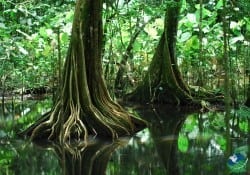 There are many National Park Tours available in Corcovado and several trails to hike. You must have a guide when you are hiking through the national park. Throughout the park you’ll find 5 ranger stations, two with camping areas (upon reservation). East of Puerto Jiménez you’ll find the Osa Conservation Headquarters. You can contact the park 7:30am-12 and 1:00pm-5:00pm Monday to Friday. (2735-5580, 2735-5036). The trails are: San Pedrillo, Llorona, Sirena, leona, El Tigre and Los Patos. Corcovado might be best avoided during rainy season when the floods and rain can cause some real danger.
There are many National Park Tours available in Corcovado and several trails to hike. You must have a guide when you are hiking through the national park. Throughout the park you’ll find 5 ranger stations, two with camping areas (upon reservation). East of Puerto Jiménez you’ll find the Osa Conservation Headquarters. You can contact the park 7:30am-12 and 1:00pm-5:00pm Monday to Friday. (2735-5580, 2735-5036). The trails are: San Pedrillo, Llorona, Sirena, leona, El Tigre and Los Patos. Corcovado might be best avoided during rainy season when the floods and rain can cause some real danger.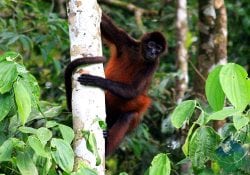 Within Corcovado you can find 13 major ecosystems with stunning flora and fauna, all four monkey species, all four sea turtle species and over 40 frog species. In addition there are 100 butterfly species, 10,000 insect species, several types of snakes, over 25 lizard species all six feline species, tapirs, crocodiles, peccaries and over 400 bird species like macaws! Keep your eye out, listen to your guide at all times and bring your camera. Your wildlife experience in Corcovado is sure to be one you’ll never forget.
Within Corcovado you can find 13 major ecosystems with stunning flora and fauna, all four monkey species, all four sea turtle species and over 40 frog species. In addition there are 100 butterfly species, 10,000 insect species, several types of snakes, over 25 lizard species all six feline species, tapirs, crocodiles, peccaries and over 400 bird species like macaws! Keep your eye out, listen to your guide at all times and bring your camera. Your wildlife experience in Corcovado is sure to be one you’ll never forget.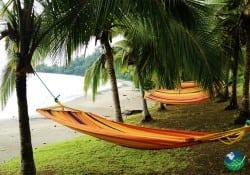 Camping is a great past time in Corcovado. Accommodations can be found at the park’s headquarters and research center, La Sirena, on the Pacific Coast. Reservations are required. La Leona Ranger station also has a camping spot with an outdoor shower. The San Pedrillo ranger station has bunks and showers (must make reservations). Each Station has excellent hiking trails! You can also check out the
Camping is a great past time in Corcovado. Accommodations can be found at the park’s headquarters and research center, La Sirena, on the Pacific Coast. Reservations are required. La Leona Ranger station also has a camping spot with an outdoor shower. The San Pedrillo ranger station has bunks and showers (must make reservations). Each Station has excellent hiking trails! You can also check out the 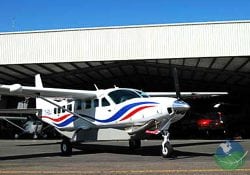 The best way to go to Corcovado is to fly from
The best way to go to Corcovado is to fly from 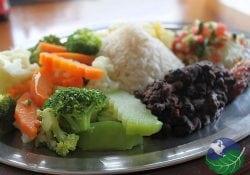 Within Corcovado National Park, the food regulations are very strict and food is prohibited. You can find food in the Sirena and El Tigre sectors, but you must make reservations. In Drake Bay you can find a variety of options including seafood and traditional Costa Rican food (don’t forget to try a Casado!). In Puerto Jiménez you can find even more options. From cheap sodas to high end steakhouses, everyone will find their favorite food!
Within Corcovado National Park, the food regulations are very strict and food is prohibited. You can find food in the Sirena and El Tigre sectors, but you must make reservations. In Drake Bay you can find a variety of options including seafood and traditional Costa Rican food (don’t forget to try a Casado!). In Puerto Jiménez you can find even more options. From cheap sodas to high end steakhouses, everyone will find their favorite food! 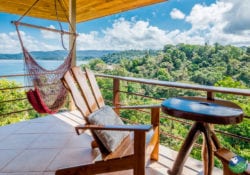 Corcovado hotels
Corcovado hotels 

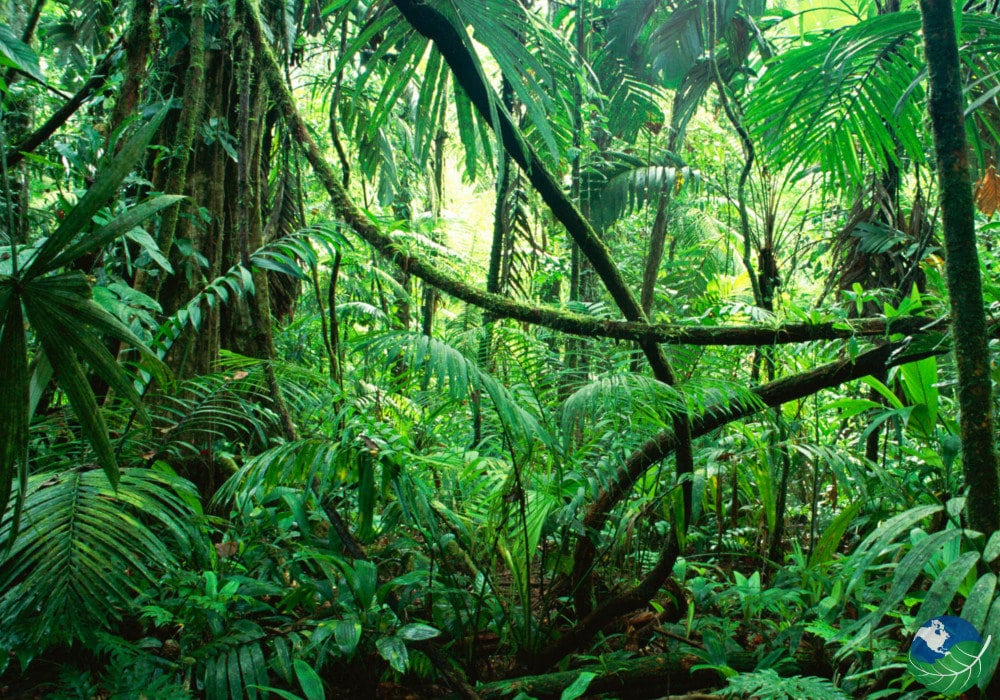
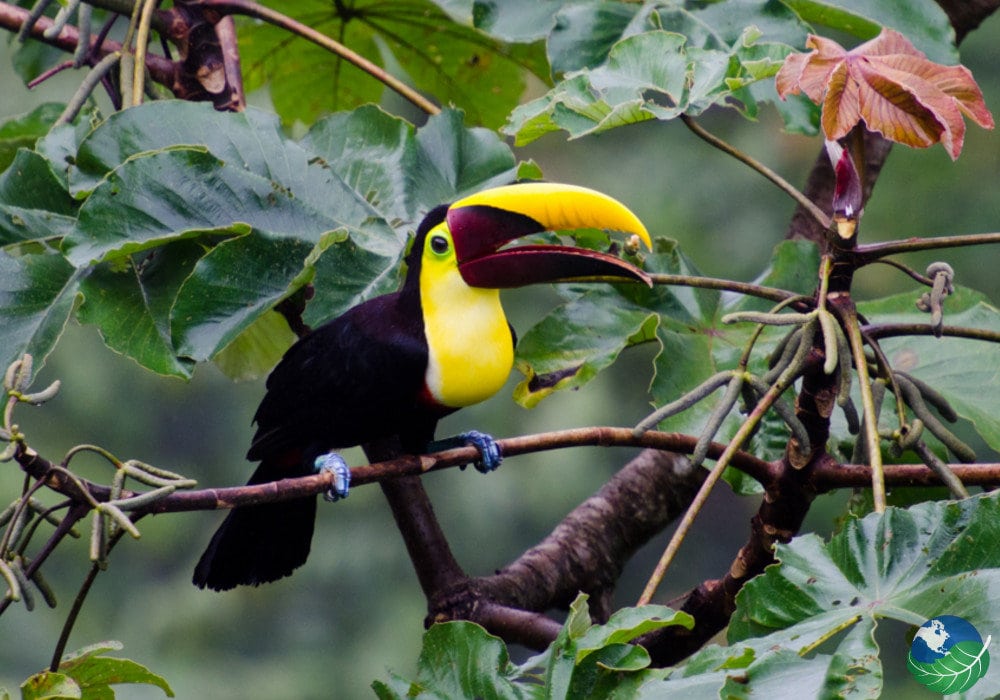
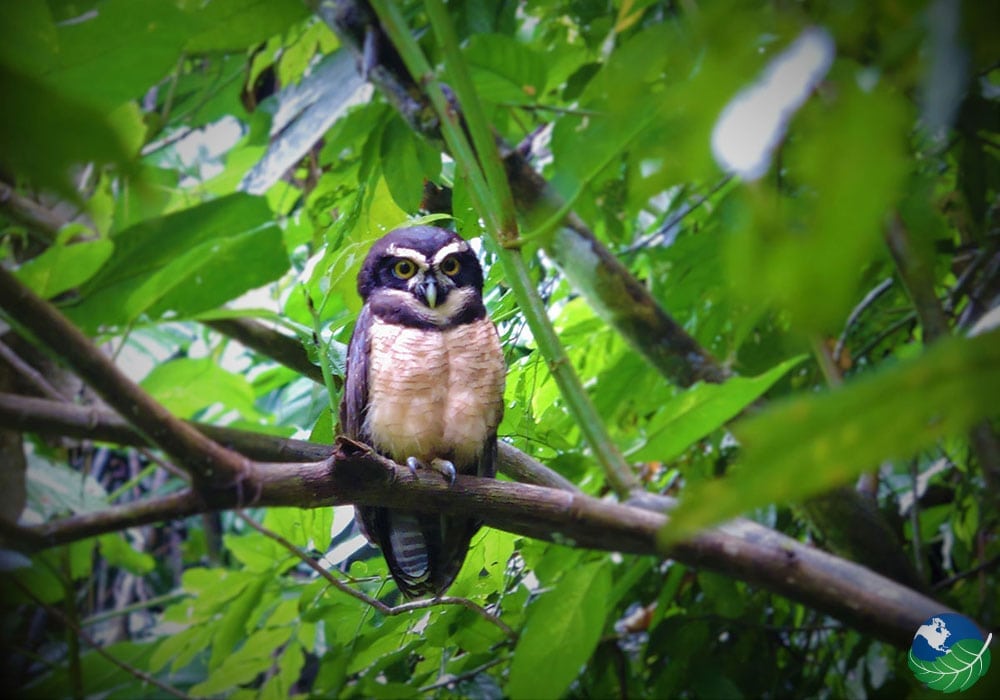
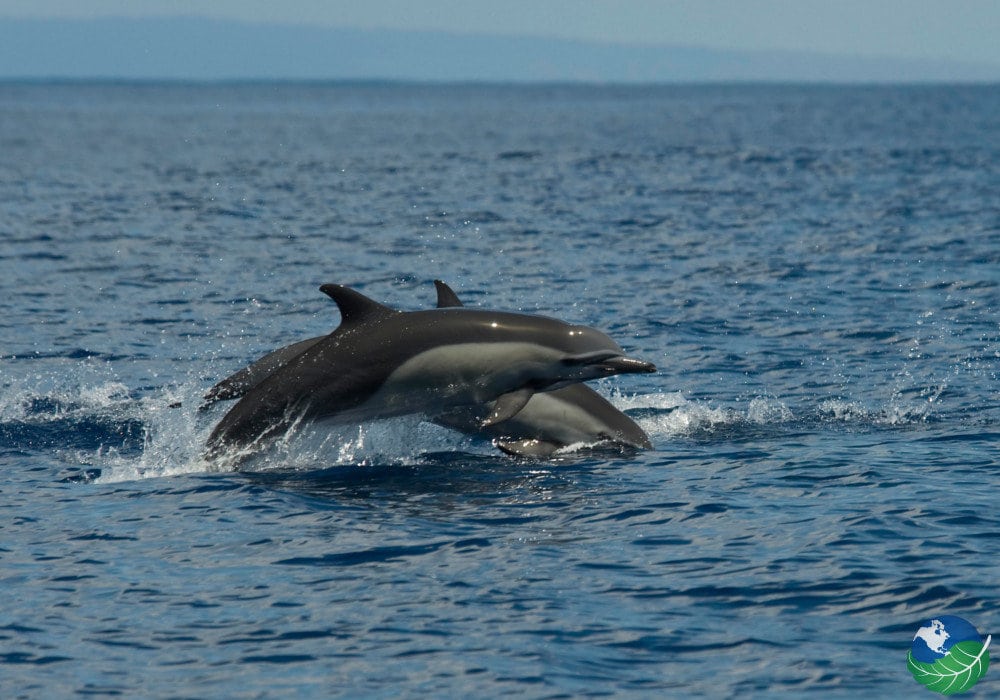


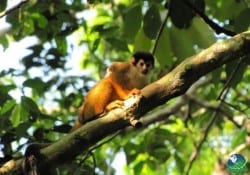
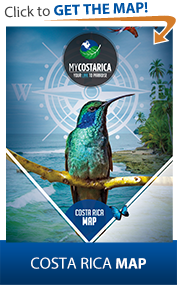
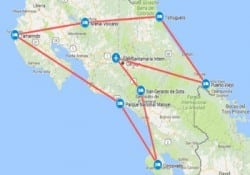
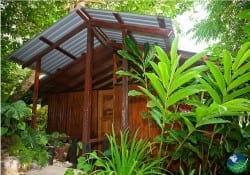
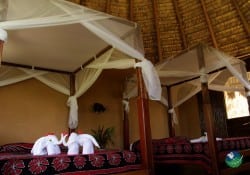
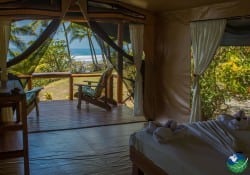
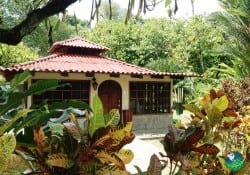
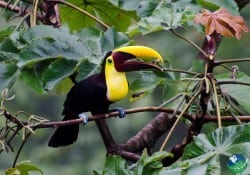






Follow Us